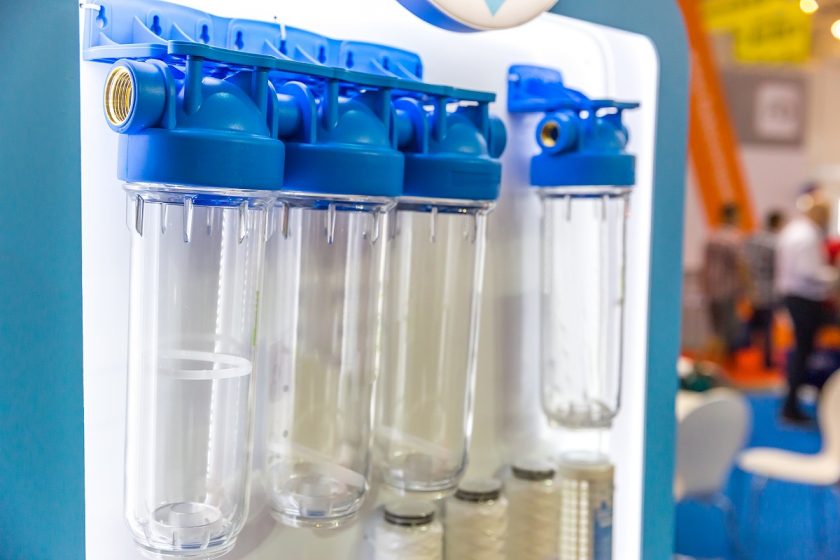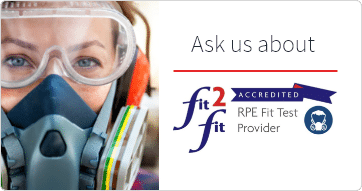No products in the basket.
What are the regulations for filtering asbestos fibres in water?
UK health and safety legislation requires any water contaminated with asbestos fibres to be filtered before it returns to mains drainage. Decontamination units provided for operatives working with asbestos-containing material inevitably will have contaminated water draining through them.
On a larger scale, should any area of a building containing asbestos be at risk of flooding, then that water needs to be filtered as it is pumped out. It is critical to raise awareness of the risks of such events occurring, and of the legislative requirement that only filtered water be returned to drains and subsequently to the water table.
What is the legislative requirement for water filtration?
Current legislation specifies water and wastewater supplies need to have flexible joints to reduce the risks of breaks or factures and be insulated against damage from frost. Any asbestos contaminated water needs to be filtered through high efficiency filters to a minimum of 5 microns.
The full legislation on safe working and disposal of asbestos has been published by the Health and Safety Executive (HSE) and available as a free download, ‘Asbestos: The licensed contractors’ guide’. It features detailed guidance on specific aspects of licensed asbestos work, as well as giving an overview of different contamination units, risk assessments and best practices.
What is used to filter asbestos contaminated water?
The contaminated water will be passed through a filter housing which will be fitted with a disposable filter cartridge due to asbestos being a hazardous material. The filter housing is transparent to allow visual inspection of the cartridges. They will also need to be high efficiency and offer a filtration level as fine as 5 microns. It is possible to use filter cartridges capable of filtering down to 1 micron, however, these will cause an increase in pressure drop. The filters may also vary depending on if it is hot or cold water.
How is water filtered in a Decontamination Unit?
Operatives leave an asbestos removal enclosure and enter a Decontamination Shower Unit, which features a pumped filtration unit that has been incorporated into the shower and sink drainage system, including the necessary high efficiency single or double stage filtration system. This is the most common form of water filtration for our industry.
More traditional water filtration relied upon a gravity system which depended on all the contaminated water naturally flowing through the filters. A move to pressurised pumped systems improved efficiency of water flow and achieved a better level of filtration.
How are large volumes of contaminated water filtered?
Basements in commercial buildings often house boiler rooms and other plant areas where asbestos was used as fire protection and pipe lagging. Should such rooms become flooded, the effect of water washing over the asbestos releases fibres that contaminates the water.
As we observe more extreme weather in our climate, especially wetter winters, incidences of flooding may well increase and the dangers of contaminated water become more prevalent. Another area of concern is waste transfer stations whose sumps can potentially overflow in heavy rain and spread contaminated water into the water table.
Awareness of these larger volumes of contaminated water is comparatively low, which means the awareness of standalone pump systems capable of dealing with them is also low.
Beacon International offer a range of wastewater filtration solutions from on-site Decontamination Units which you can purchase or hire, to larger wastewater filtration systems based on the same principle. For higher capacity wastewater filtration requirements Beacon can either supply multiple units or produce bespoke products to suit your individual project or needs. For example, a Pumped filtration system was designed and built for a client requiring up to 250 litres per minute of contaminated water to be filtered.
To find out more or discuss a specific project requirement please contact us.





